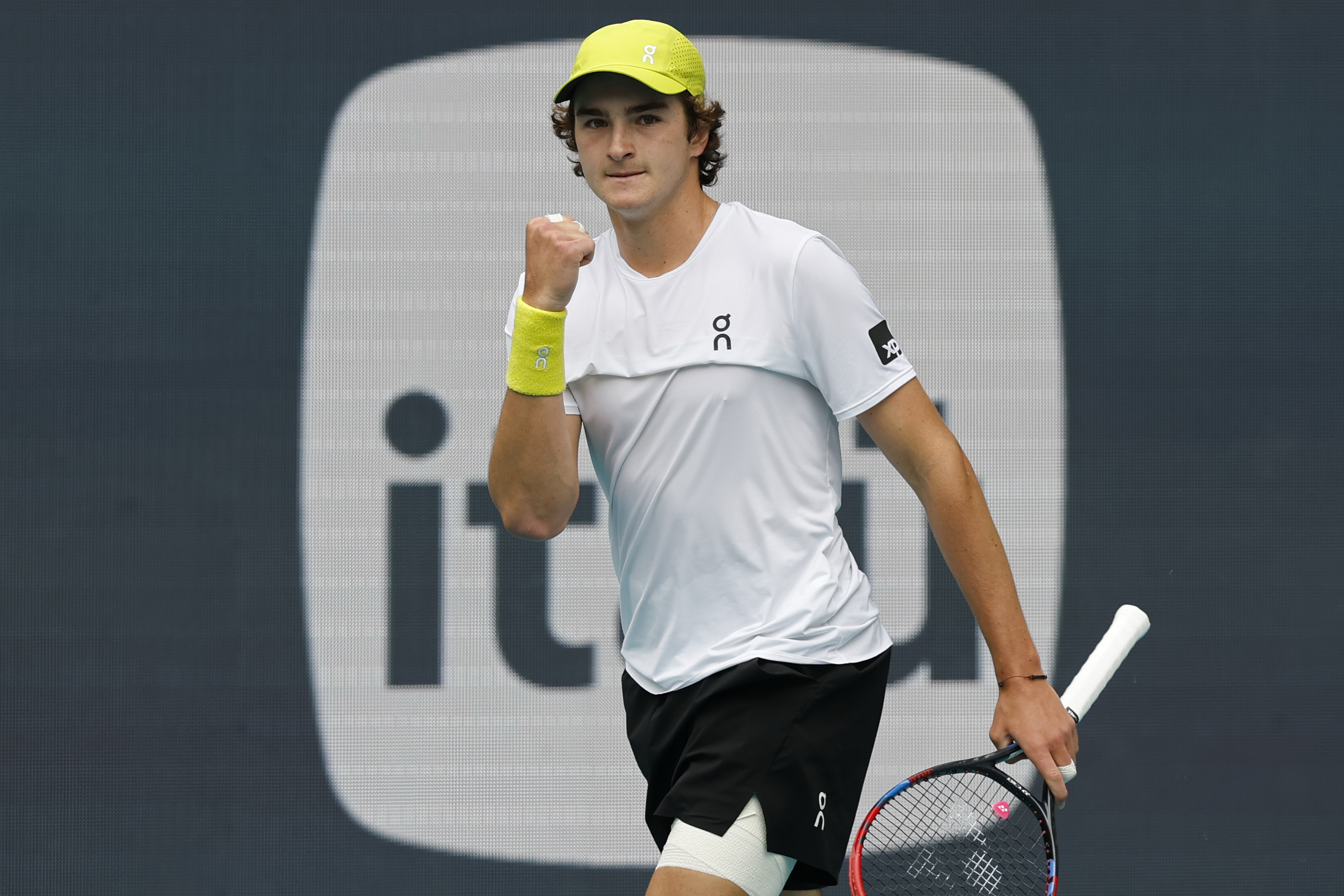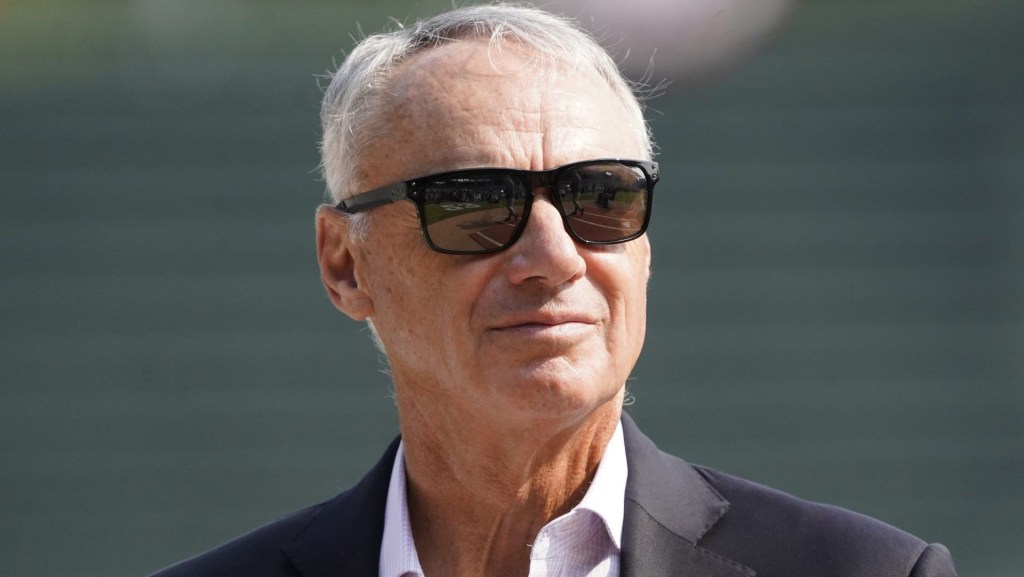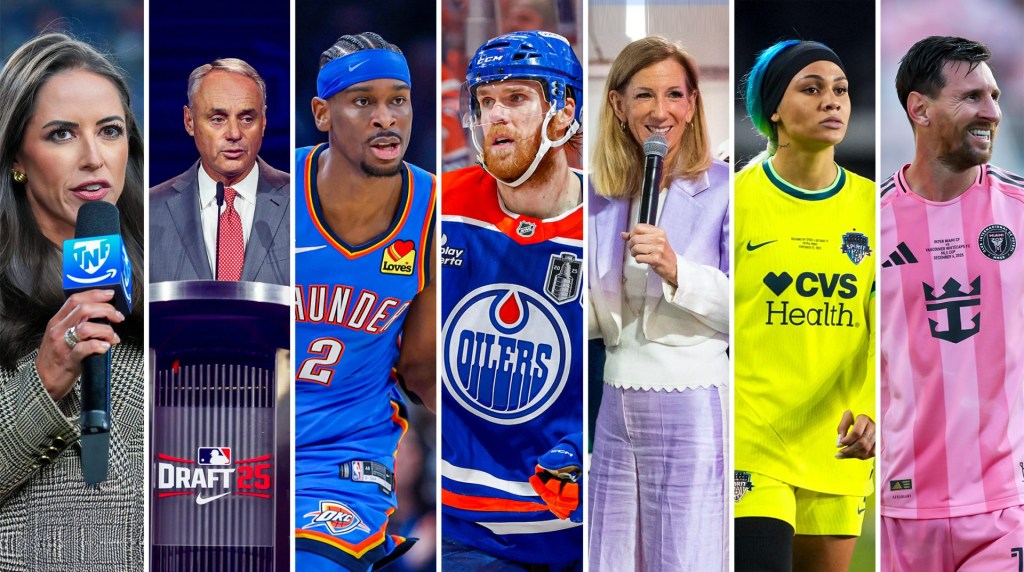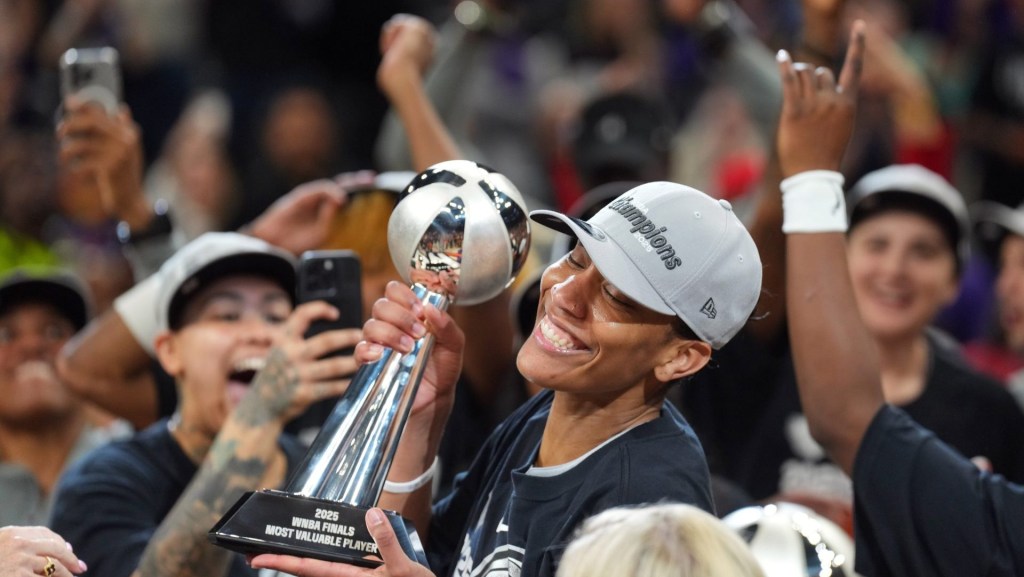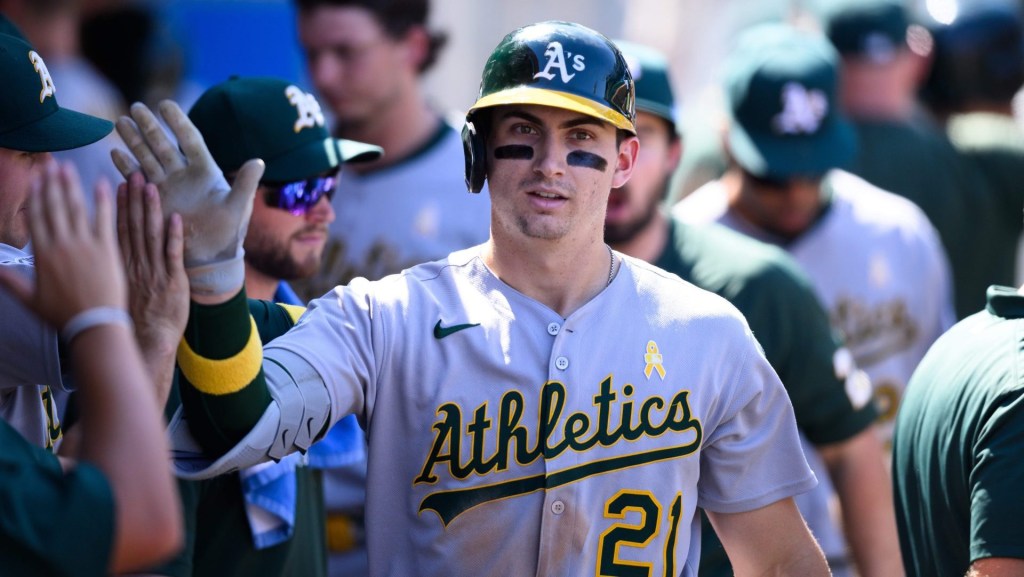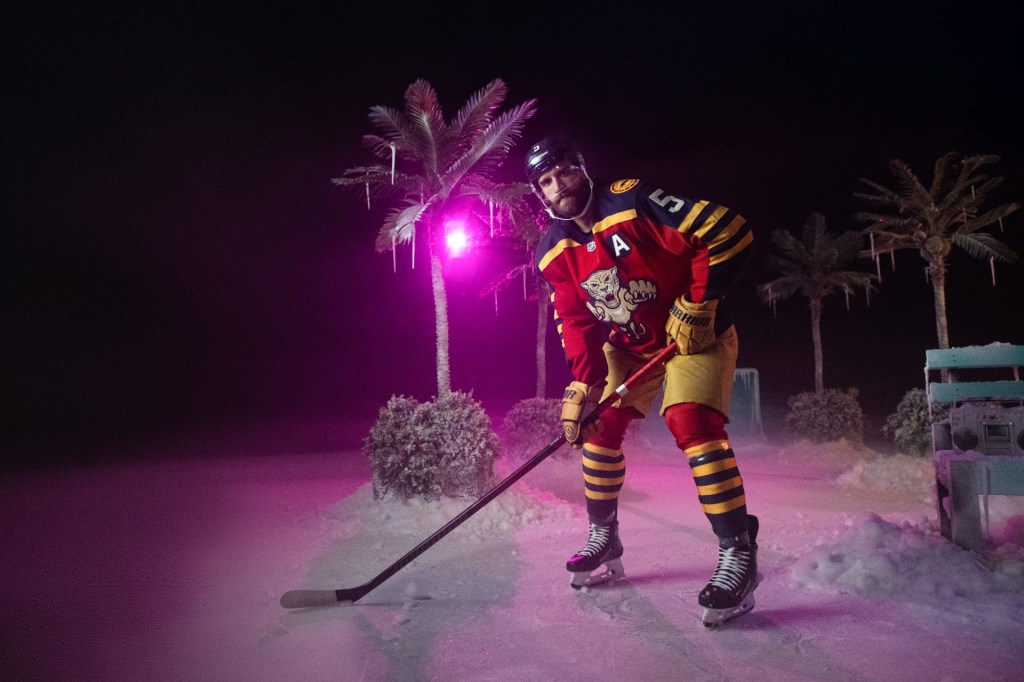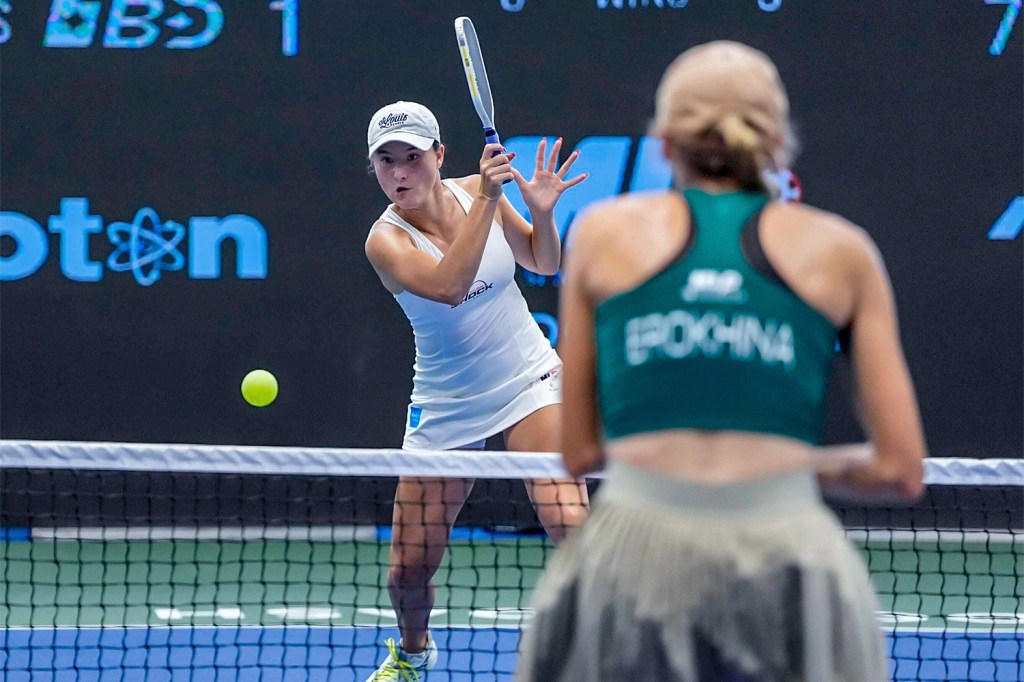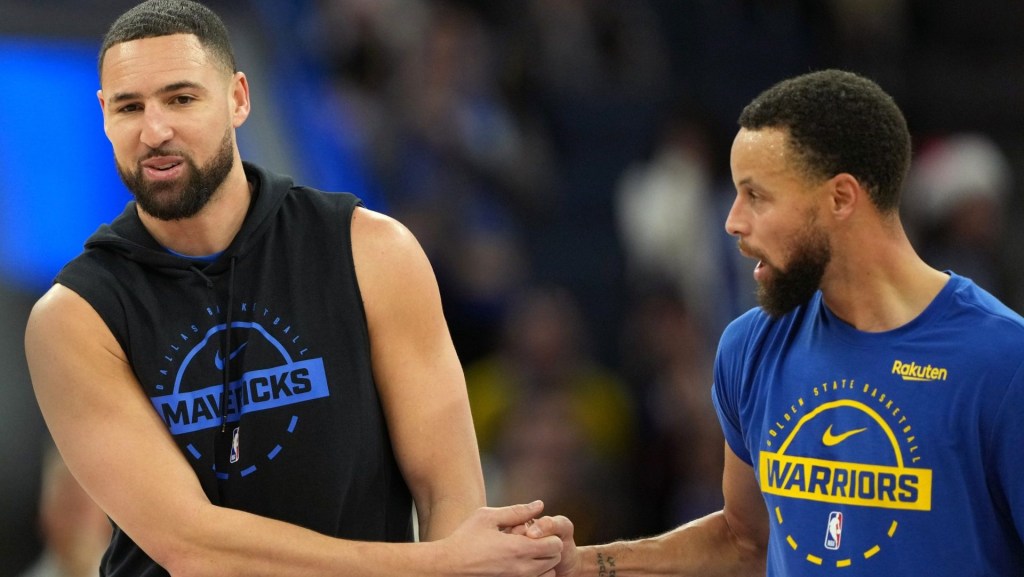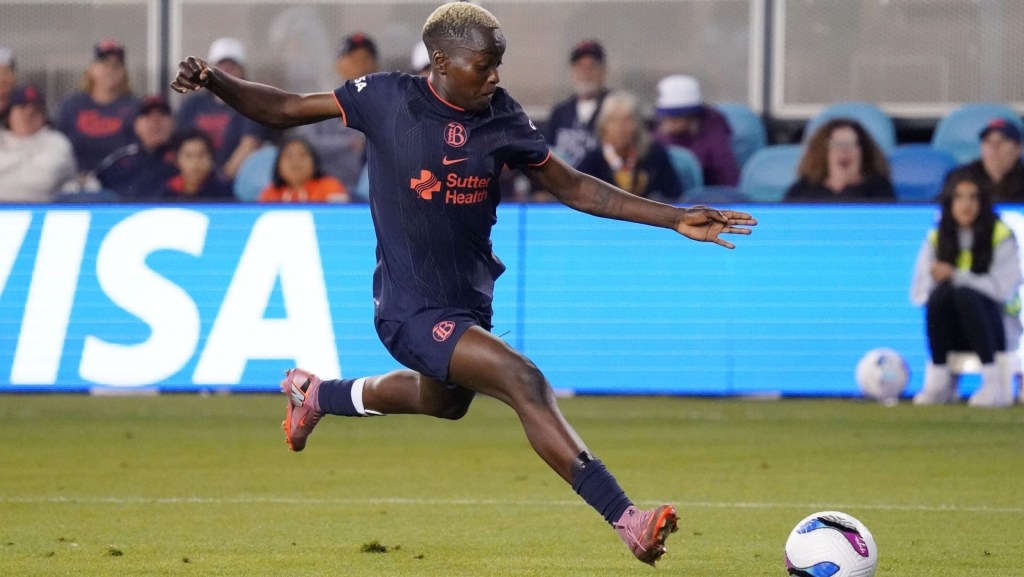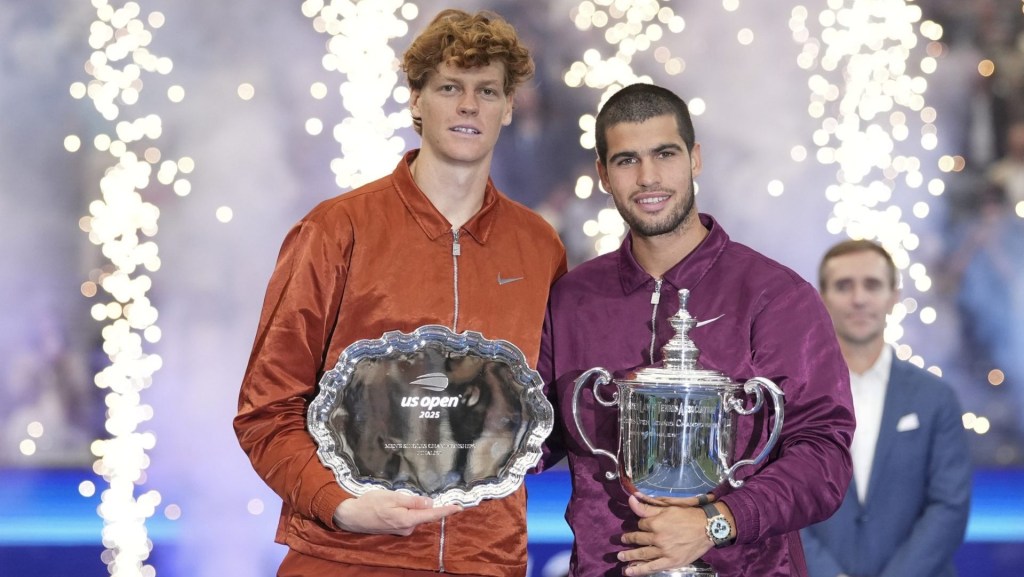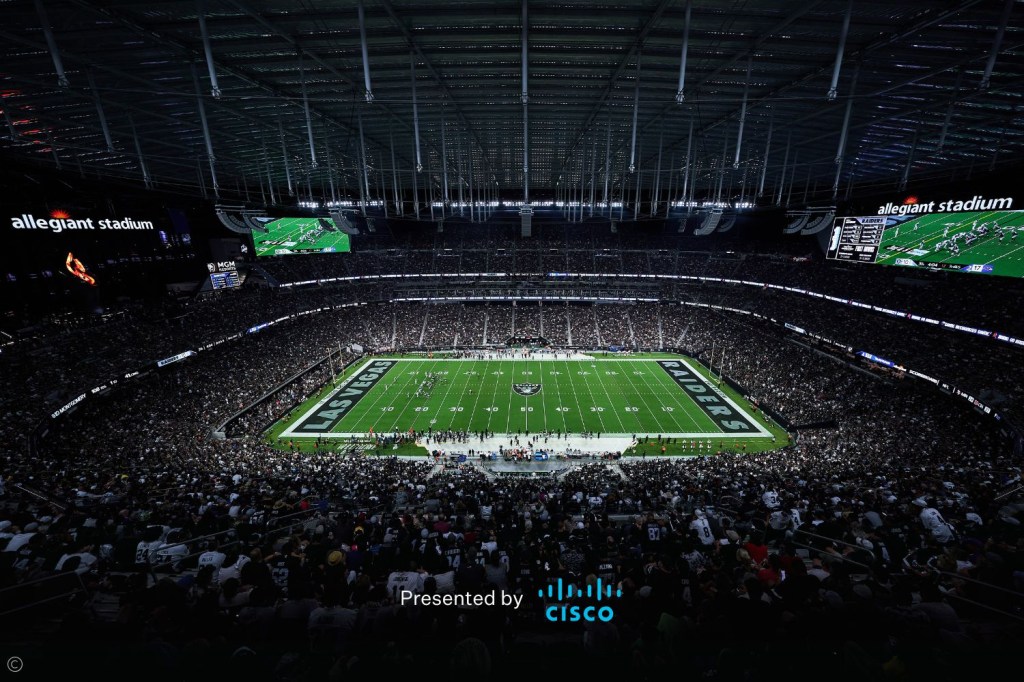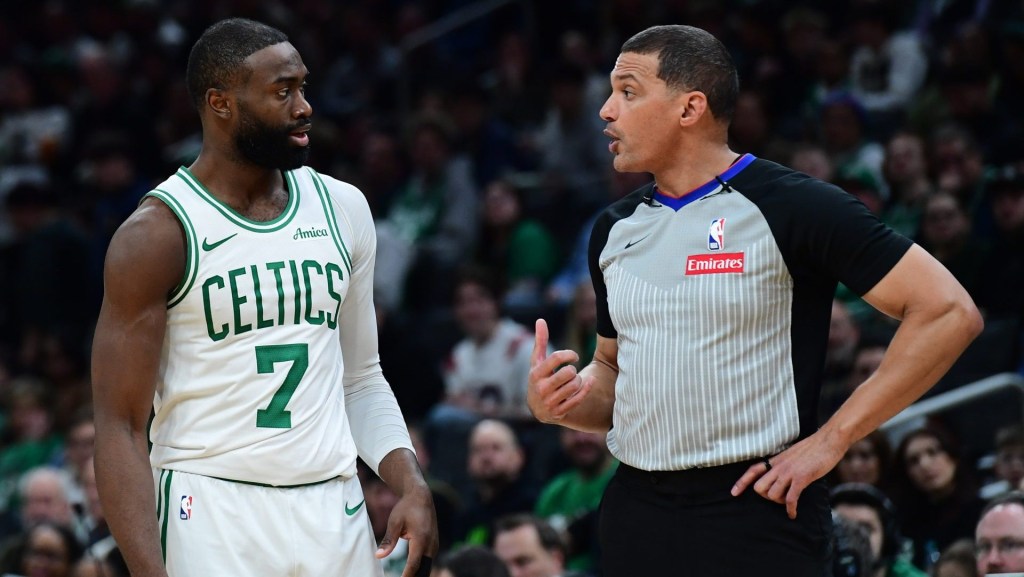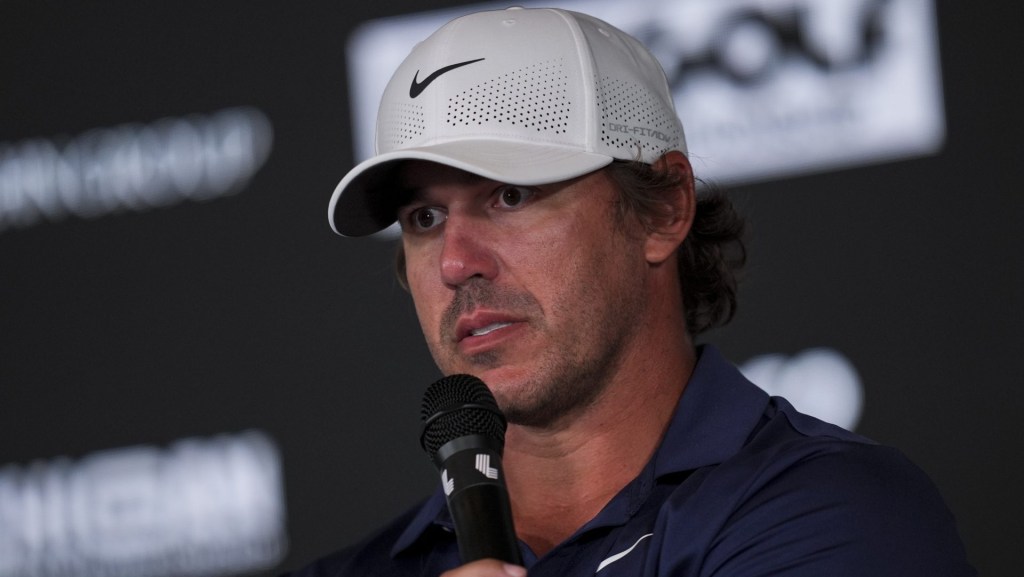If there is one player that tennis’s established stars want to avoid in a Grand Slam this year, it is Brazilian teenager João Fonseca.
The breakout six-foot-one star has a fearsome forehand, exceptional court movement, and is more than prepared to take risks: ATP stats show that he hits a below-average number of shots in, but has one of the highest proportions of winners.
Fonseca first gave notice of his potential in his debut match on the ATP Tour, when he beat another promising player, Arthur Fils, 6–0 6–4, in Rio de Janeiro in February 2024, hitting shots with startling power. He became only the third 18-year-old—after Jannik Sinner and Carlos Alcaraz—to win the Next Gen ATP Finals, a season-ending tournament for the best players under 21.
In January’s Australian Open, his first major, he took apart ninth-seeded Andrey Rublev in the first round in straight sets. He has since won his first ATP tournament, in Buenos Aires in February, and reached a career-high No. 59 ranking in March. Along the way, he’s picked up $1.2 million in earnings.
Tennis history is littered with players who burst onto the scene but failed to become fixtures in the top 10. For every Rafael Nadal, there are dozens of Bernard Tomics. But Fonseca appears to have every possible advantage and tremendous resources at his disposal.
For would-be players trying to break through, an early tennis career carries additional stress of knowing that prize money in one tournament is required to pay for flights to the next, or to hire a nutritionist or physio to travel with them. The court is tilted in favor of those who have already established professional success, unless, like Fonseca, you have private money to draw on.
Fonseca’s father, Christiano Fonseca Filho, cofounded IP Capital Partners, among Brazil’s first hedge funds, and finances his son’s training and team. Along with Fonseca’s ex-athlete mother, Roberta, he manages his son in lieu of agents. In 2023, Fonseca signed a sponsorship deal with the emerging Swiss clothing brand, On, backed by Roger Federer. But when Team8, the agency cofounded by Federer, approached Fonseca last season, the teenager turned down the offer.
“For now we’re fine. … My agents are my parents,” Fonseca told Clay, which noted the Brazilian was also approached by IMG and others.
Just how good is he? Assessing Fonseca’s current level is tricky, as the ATP’s rankings are based on points won at tournaments over the preceding year. As 2025 is Fonseca’s first full year on the tour, he has not had the opportunity to win many points, which explains his current world ranking of 65.
To generate a different ranking system, independent tennis analyst Jeff Sackmann uses Elo ratings, which awards points on a match-by-match basis, based on the perceived strength of the players. With the caveat that Fonseca’s sample size is smaller than most, Sackmann’s model ranks him 13th. He is both the highest-ranked and the youngest teenager in the top 200.
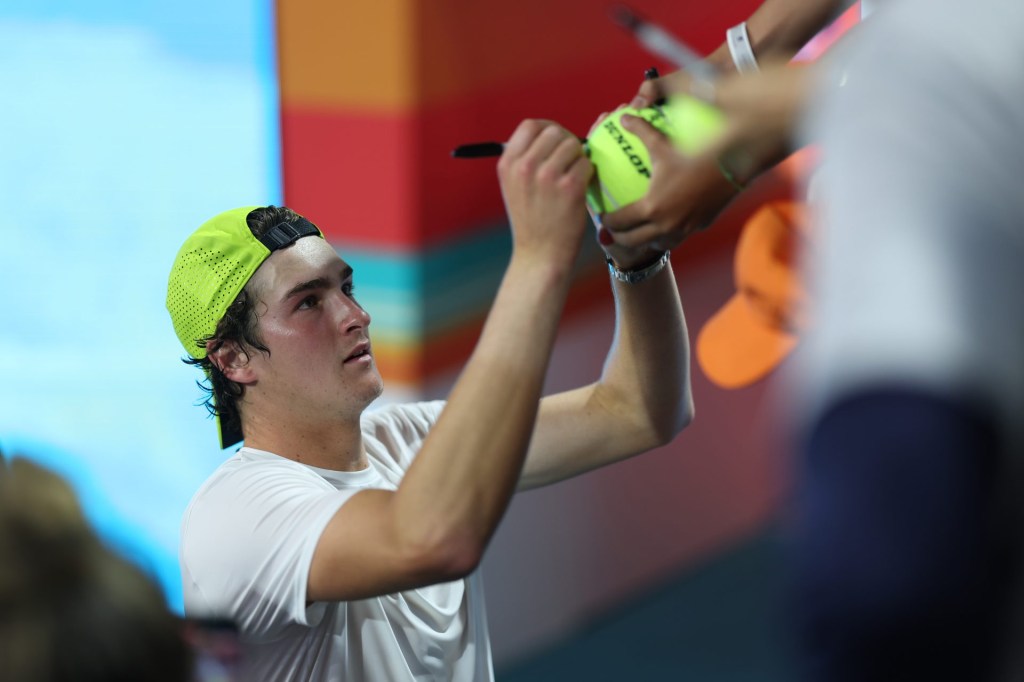
Fonseca is also breaking through at an opportune time. With only a fading Novak Djokovic left from the Big Three (Federer, Nadal) who have dominated tennis for two decades, broadcasters, equipment manufacturers, and sponsors are looking for new faces. So, too, is Brazilian tennis. The country has not had a Grand Slam winner since Gustavo Kuerten won the last of his three French Opens in 2001.
Additionally, tennis, more broadly, is likely to become a lot more lucrative during Fonseca’s peak years. Saudi Arabia has already made investments into the ATP. In early 2024 the Public Investment Fund of Saudi Arabia injected a seven-figure sum in exchange for naming rights to the world rankings and on-court branding at ATP Masters 1000 competitions, which represent the rung below the Grand Slams. Compared to its investments in football and boxing, this is small change, which means that further deals could still be struck. Whether Saudi Arabia invests into existing structures or creates new ones, such as in golf, the outcome tends to be the same: Prize money for players goes up.
There is also a reasonable chance that Fonseca’s generation will succeed in pushing back against the tennis calendar. At present, the season is a slog. Players begin their preparation for the Australian Open at warmup competitions in mid-December, and the tournaments keep coming until the season-ending ATP Finals in November.
Five years ago Djokovic and fellow pro Vasek Pospisil founded the Professional Tennis Players Association, a union designed to push back against the demands of the governing bodies. After years of failed negotiations, the PTPA sued the four organizing bodies in March.
But that is for the future. Before then, Fonseca effectively has a low-pressure year, where any wins on the tour will push him further up the rankings. How he fares in the next two Grand Slams will be fascinating. The French Open in May returns him to the clay he grew up on in Brazil, while Wimbledon is a true unknown. He has played only six professional matches on grass, losing four. One look at the whip on that forehand, however, will have potential opponents hoping he remains on the other side of the draw.
